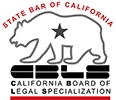Multi-vehicle accidents present considerable liability determination challenges due to the involvement of several drivers and vehicles. Identifying fault requires examining the sequence of events, traffic laws, and evidence from the scene. Determining fault in multi-vehicle accidents can be particularly difficult for claimants who are facing other issues, like physical injuries, emotional trauma, and being unable to return to work.
How Do Investigators Determine Which Driver Caused the Accident?
Investigators look at evidence like police reports, witness statements, traffic camera footage, and physical damage to vehicles. They reconstruct the events leading up to the collision to understand how each vehicle moved and identify any traffic violations. This information helps them trace the accident’s cause back to one or more potentially responsible parties.
Does Traffic Law Violation Automatically Mean Fault?
A violation of traffic laws, such as running a red light or failing to yield, is a strong indicator of fault but does not automatically assign full responsibility. Other circumstances may affect fault distribution: For example, if one driver was speeding but another suddenly changed lanes without signaling, fault might be shared.
How Is Fault Assigned When a Multiple Collision Occurs?
These crashes often involve a chain reaction of collisions. Fault is determined by analyzing which driver initiated the sequence and whether others acted reasonably. The driver who caused the initial impact typically holds the main responsibility, but other drivers may share fault if their actions contributed to the crash.
Can Fault Be Shared Among Several Drivers?
Yes, fault can be divided among all parties involved in the accident. Each driver’s actions are evaluated, and a percentage of fault is assigned accordingly. This percentage influences any claims for damages and can affect how insurance companies process settlements.
What Is the Role of California’s Comparative Fault System?
California has a pure comparative negligence rule. How does that work? No matter how high a claimant’s percentage of fault, they can still recover compensation for the amount of damages they were not responsible for. For instance, even if you were found to be 80 percent at fault, you can still receive 20 percent in compensation.
What If One Driver Fails to Stop or Leave the Scene?
A driver who leaves the scene of an accident without providing contact information or assisting others may face legal consequences and may be found at fault for hit-and-run violations. This can complicate fault determination and affect the recovery of damages by other parties.
How Do Insurance Companies Influence Fault Determination?
Insurance adjusters analyze all the available evidence and may conduct their own investigations. They use this information to assign fault percentages and decide on claim payments. However, their conclusions are not final and can be contested if new evidence emerges or if parties disagree with the assessment.
Can Fault Determination Change Over Time?
Yes, fault assignment can change if new evidence becomes available or if initial reports were incomplete. It is possible to reopen investigations or challenge fault determinations during legal proceedings or insurance negotiations.
What Role Do Witnesses Play in Establishing Fault in Multi-Vehicle Accidents?
Witness testimony can provide an independent account of the accident, clarifying how the events unfolded. Credible witnesses can help confirm or contradict statements from drivers and support or challenge fault assignments.
How Important Is Police Documentation in These Cases?
Police reports serve as official records and generally include officers’ observations, statements from involved parties, and citations issued. While not binding, these reports carry significant weight in fault determination and are often used by insurance companies and courts. Still, a report’s accuracy and impartiality can be challenged.
Lerner, Moore, Silva, Cunningham & Rubel: Experienced Temecula Car Accident Lawyers Who Determine Fault for Motor Vehicle Claims
If you need assistance with a multi-vehicle accident claim, contact our Temecula car accident lawyers at Lerner, Moore, Silva, Cunningham & Rubel. Call 909-889-1131 or contact us online for a free consultation today. We have offices in Ontario and Victorville, California, and serve clients in San Bernardino County, Hesperia, Apple Valley, Fontana, Rancho Cucamonga, Colton, and Riverside County.


Disclaimer | Privacy Policy | SMS Terms & Conditions
Making a false or fraudulent workers’ compensation claim is a felony subject to up to five years in prison or a fine of up to $50,000 or double the value of the fraud, whichever is greater, or by both imprisonment and fine. The information contained on this website does not guarantee, warranty, or predict the outcome of your case.







